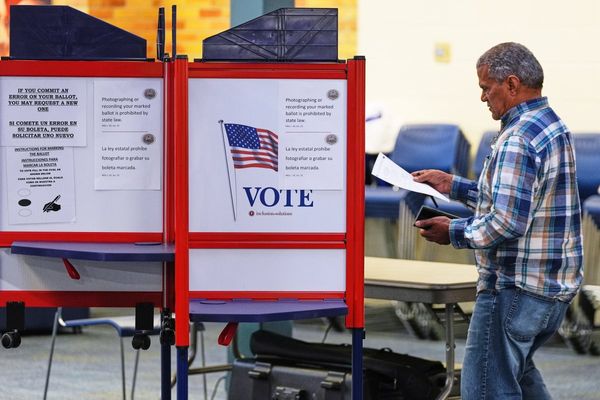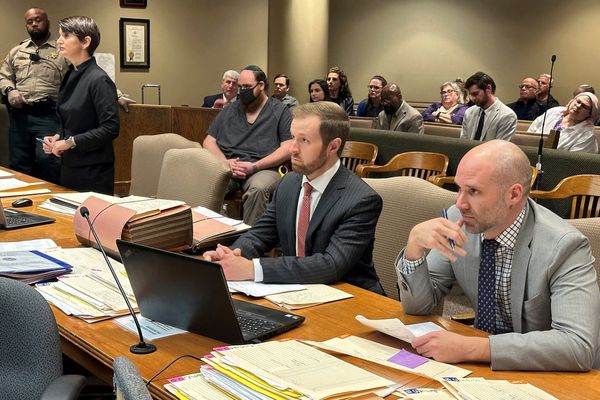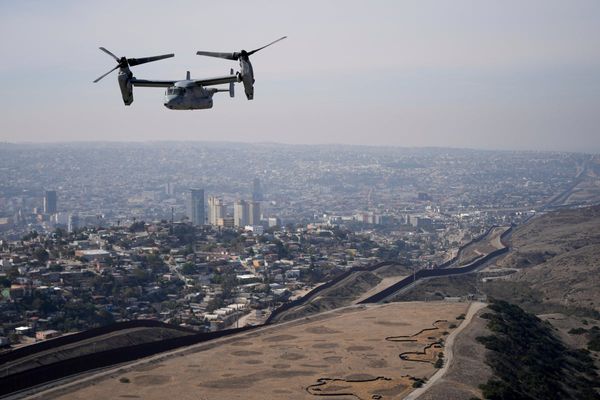
The “teal” candidate Kate Lardner has called for reform of Victoria’s “unfair” campaign donation laws with the number of independents in the state’s parliament certain to go backwards at the weekend’s election.
With independents claiming 10 seats at May’s federal poll, one of the key talking points heading into the Victorian election was whether the major parties would suffer a similar assault.
But just like a mooted “Greenslide” failed to eventuate, the teal wave turned out to be barely a ripple.
In fact, there’s a high chance the number of independents in the state’s lower house will drop from three to zero.
Of four candidates supported by Climate 200, which helped fund the federal teals, only two remain in contention – Lardner in Mornington and Melissa Lowe in Hawthorn – but both trailed their Liberal opponent as counting continued on Sunday night.
Meanwhile, two existing rural independents – Suzanna Sheed in Shepparton and Ali Cupper in Mildura – both lost their seats to the Nationals, who also claimed the seat of Morwell off retiring independent Russell Northe.
Speaking to Guardian Australia on Sunday, Lardner – who trailed by just 177 votes at the time of writing – said there was a need for “structural reform” of Victoria’s campaign funding laws to make it “more of an even playing field”.
Under state laws that came into force for the first time this election, political donations are capped at $4,320 over a four-year period for a single donor. But nominated entities are exempt from the cap, meaning registered political parties can appoint an organisation that can receive donations.
“Independents rely purely on individual donors who are restricted by a cap … I think that is unfair,” Lardner said.
Lardner also said “election fatigue” had played a role in the weekend’s result.
“It’s fairly new and and but I think it’s still very much growing and I think we’ll continue seeing that for future elections – this Voices of movement,” she said.
Climate 200’s founder, Simon Holmes à Court, said the tight margins in some seats showed community-backed independents were “competitive” but acknowledged the Andrews government was not “as weak on climate change as the last federal government, nor was the leader as unpopular as Morrison”.
“It is clear that even in a less favourable political environment, communities can mount very competitive campaigns,” he said. “The state election was also climate and integrity election, in no small part due to community independents movement.”
Holmes à Court pointed out that Lardner had run her campaign on a “shoestring budget” and stressed that independent candidates had to climb a “publicly funded $100m wall around the incumbents”.
“Kate’s community built a ladder and got all the way to the top of the wall … if she doesn’t make it, she’s losing by only a few hundred votes,” he said.
He said the movement was still confident of having an impact on the New South Wales state election in March, where candidates would benefit from a more established history of independent MPs such as Zali Steggall, who in 2019 defeated the former prime minister Tony Abbottt in the seat of Warringah.
Internal Climate 200 polling also showed stronger support for independents in NSW.







